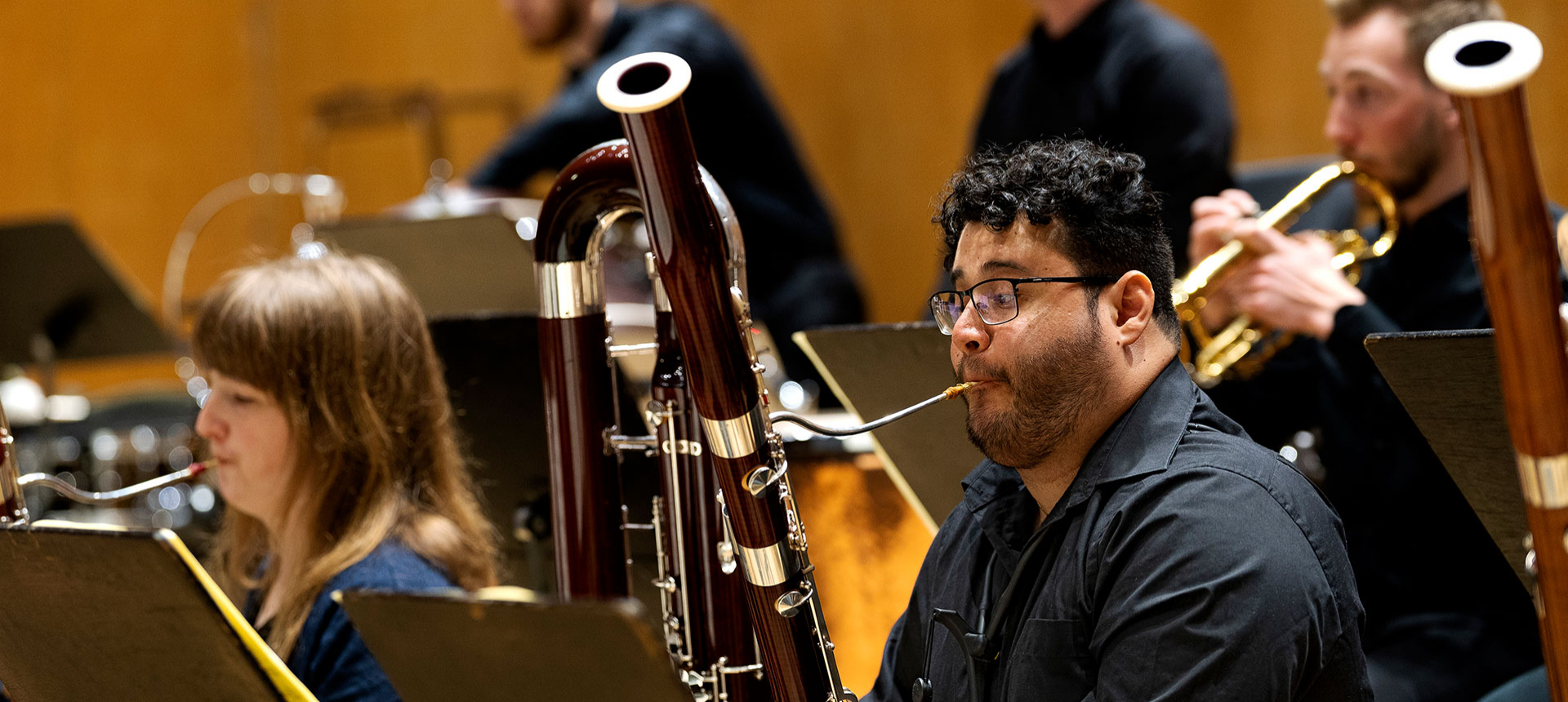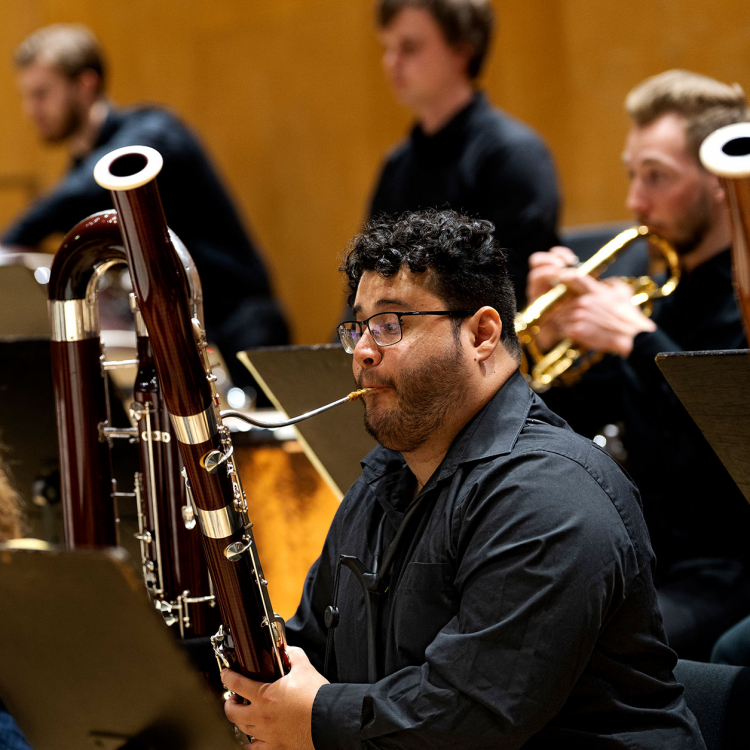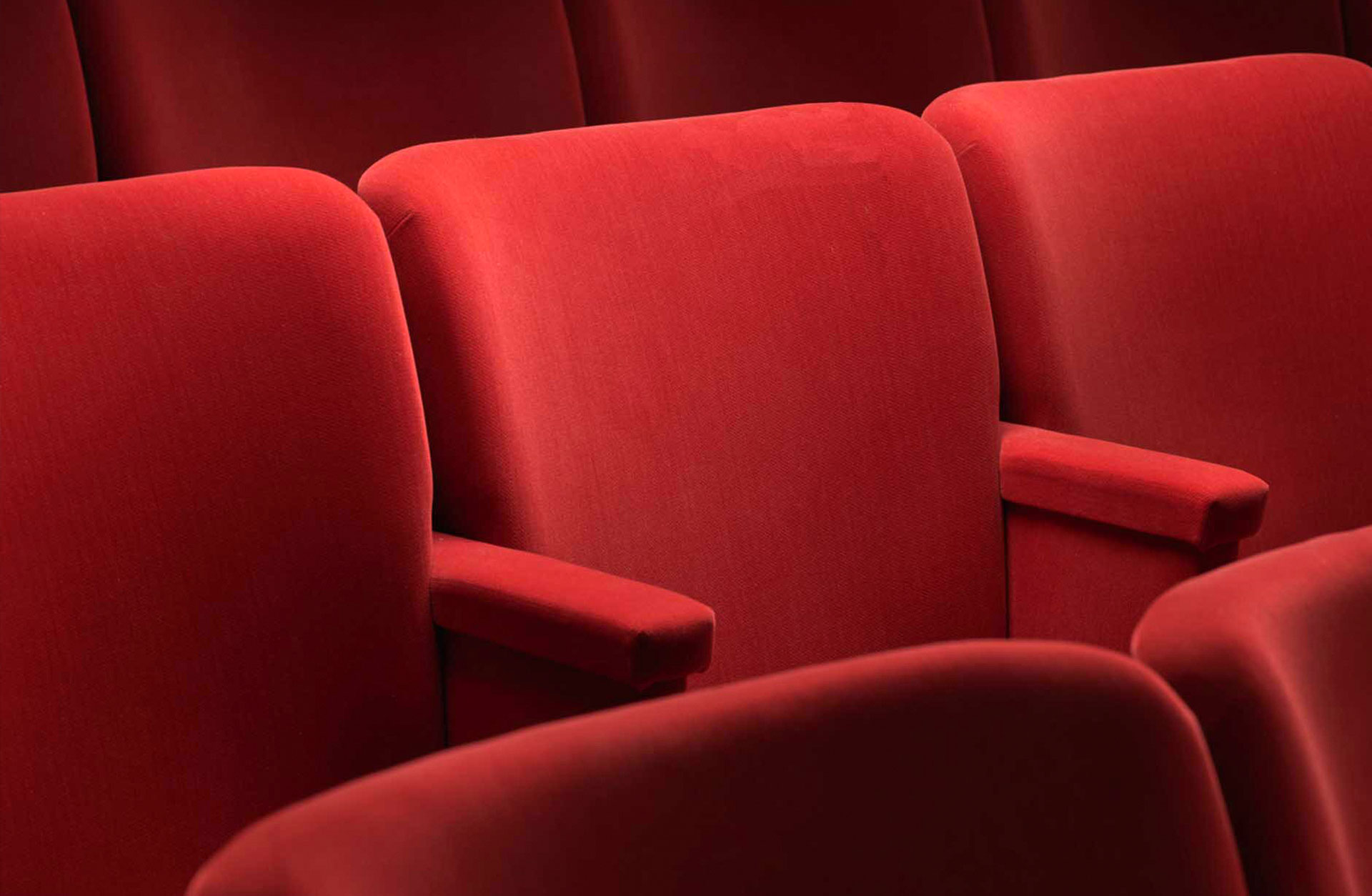Cart
Your cart is empty
Your cart is empty
List is empty
Press ESC to close the search field



Event has already taken place. Musician from the master's program in symphonic orchestra playing at the University of Stage and Music. Conductor Christian Zacharias.
Meet the orchestra, which consists of musicians from the master’s program in symphonic orchestra playing at the University of the Arts and Music.
The training is conducted in collaboration with Gothenburg Symphony and Gothenburg Opera.

Here you will find all the necessary information that you need to know about before your magical visit in the Concert Hall.
Invite yourself or someone you like to an experience for all the senses. Welcome to visit the Concert Hall's restaurant or one of our foyer bars.